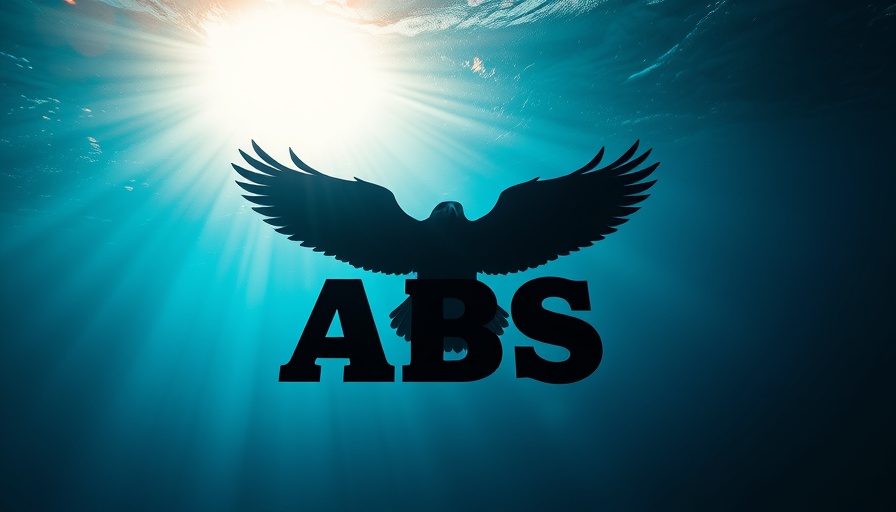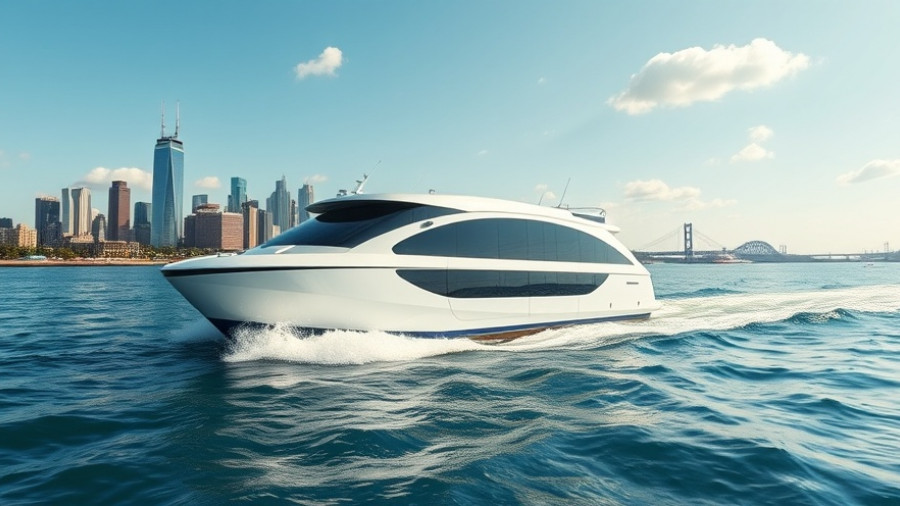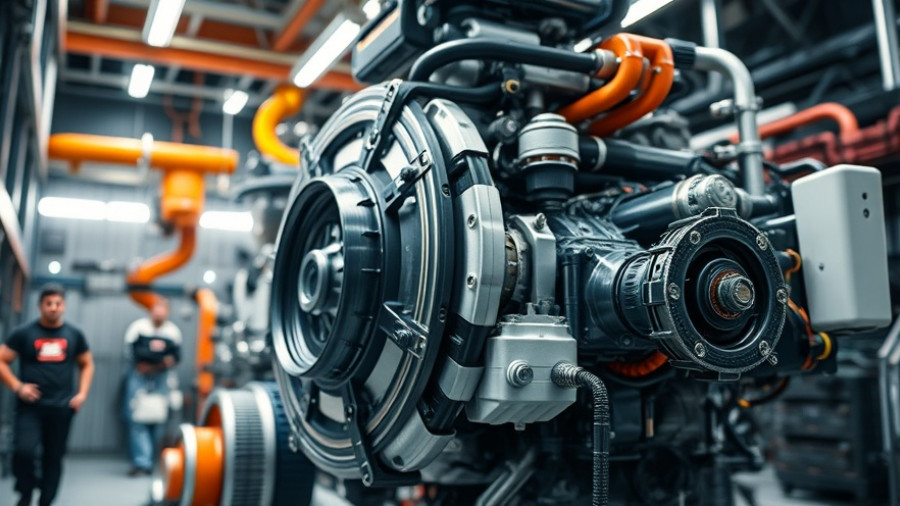
Understanding Thermal Runaway: A Growing Maritime Safety Concern
The rise of electric vehicles (EVs) has revolutionized transportation, yet it has also introduced significant safety challenges for the maritime industry. One such challenge is the phenomenon known as thermal runaway, which can occur in lithium-ion batteries. This event can lead to fires that burn at extraordinarily high temperatures, often above 1,200°F (650°C), posing a severe threat onboard car carriers transporting these vehicles. The recent advancements by the American Bureau of Shipping (ABS) aim to address this critical issue through innovative modeling techniques.
Advanced ABS Modeling: A Step Forward in Safety
ABS has unveiled a cutting-edge simulation model that replicates the thermal behaviors of lithium-ion batteries during a thermal runaway event. Developed in collaboration with Texas A&M University, this model provides invaluable insights into the heat released during such incidents, which is crucial for determining effective firefighting strategies. This initiative is part of ABS's broader mission to enhance safety protocols surrounding the transport of electric vehicles across global waterways.
The Implications of EV Battery Fires on Maritime Operations
As highlighted by Christopher J. Wiernicki, ABS's chairman and CEO, the shipping industry faces unprecedented challenges due to the rising incidence of EV-related fires. The ability to predict the behavior of these fires is not only a technical advancement but also a necessity for ensuring safety aboard vessels. The implementation of enhanced firefighting responses is essential as the market demand for electric vehicles continues to surge.
Global Research Initiatives: Collaboration for Safety
ABS's commitment to safety extends beyond modeling; it includes funding advanced research initiatives globally. Collaborations with institutions like the Laboratory for Ocean Innovation at Texas A&M University focus on battery fire prevention and response. This multidisciplinary approach not only aims to enhance immediate responses but also seeks qualitative improvements in safety measures associated with transporting EVs by sea.
Best Practices for Transporting Electric Vehicles
In addition to the innovative modeling, ABS has developed comprehensive guidelines, such as the Best Practices for the Transport of Electric Vehicles Advisory. These guidelines encompass essential criteria for additional fire protection arrangements within Roll-on/Roll-off (RO/RO) cargo spaces, which are specifically intended for carrying electric vehicles. Such measures are critical as they enhance safety and reduce risks during transportation.
Looking Ahead: Future Developments in Fire Safety Technology
As the shipping industry adapts to the growing prevalence of electric vehicles, the integration of advanced fire safety technologies will be paramount. The development of predictive modeling and proactive firefighting strategies will play a crucial role in mitigating risks associated with battery fires. Stakeholders within the maritime sector must prioritize ongoing research and collaborative efforts to ensure the safe transport of electric vehicles.
In conclusion, the efforts by ABS represent a significant advancement in maritime safety protocols, specifically addressing the challenges posed by electric vehicle batteries. Navigating this evolving landscape requires continuous innovation and cooperation among industry players, academic institutions, and safety organizations to enhance overall operational safety.
For those involved in maritime operations and vehicle imports, staying informed about these developments is essential. Knowing the risks and safety measures helps in making educated decisions that ensure safer transport processes.
 Add Row
Add Row  Add
Add 




Write A Comment